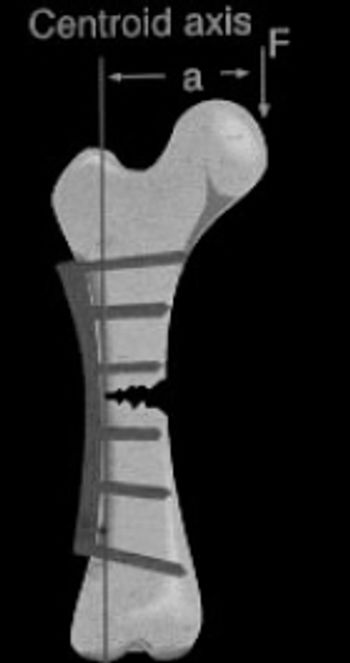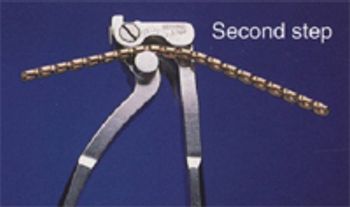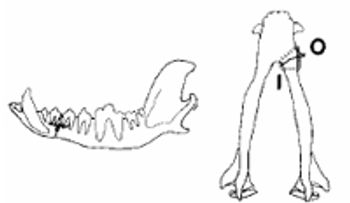Randy J. Boudrieau, DVM, DACVS, DECVS
Articles by Randy J. Boudrieau, DVM, DACVS, DECVS

The most significant change in recent years in the management of fractures has been the more recent emphasis on "biologic fixation" as opposed to "mechanical fixation". The latter refers to the direct fixation techniques whereby fractures are reconstructed anatomically, and the former refers to indirect fixation techniques whereby the fractures are spanned (or "bridged").

Bridging reconstruction plates were the first implant used with success in the human mandible. Despite their greater ease of use and application in this location as compared to conventional plates, the low perioperative morbidity was unfortunately followed by high long-term morbidity.

The basis of plating, as originally described by the AO, has been: 1) anatomic fracture reduction and fixation, 2) rigid fracture stability (compression or splinting), 3) preservation of the blood supply to the soft tissues and bone through careful handling and gentle reduction techniques, and 4) early and safe mobilization of the area.

An understanding of the functional anatomy is the prerequisite for successful application of the fracture fixation devices in the unfamiliar location of the mandible. These biomechanical principals must account not only for the very large forces generated, but also the position of the teeth that can – and often do – interfere with implant application.

A controversy exists in the veterinary field as to which surgical technique is the best to repair a dog's knee that has a cranial cruciate ligament (CrCL) injury. There are many accepted surgical techniques described (over 40 different methods) to correct the CrCL-deficient joint.

Severe fractures of the femur can be divided into those fractures which must be reconstructed directly and those that can (and should) be reconstructed indirectly. The former include both intra-articular and periarticular fractures of the femoral head and femoral condyles, and diaphysis in the latter.










